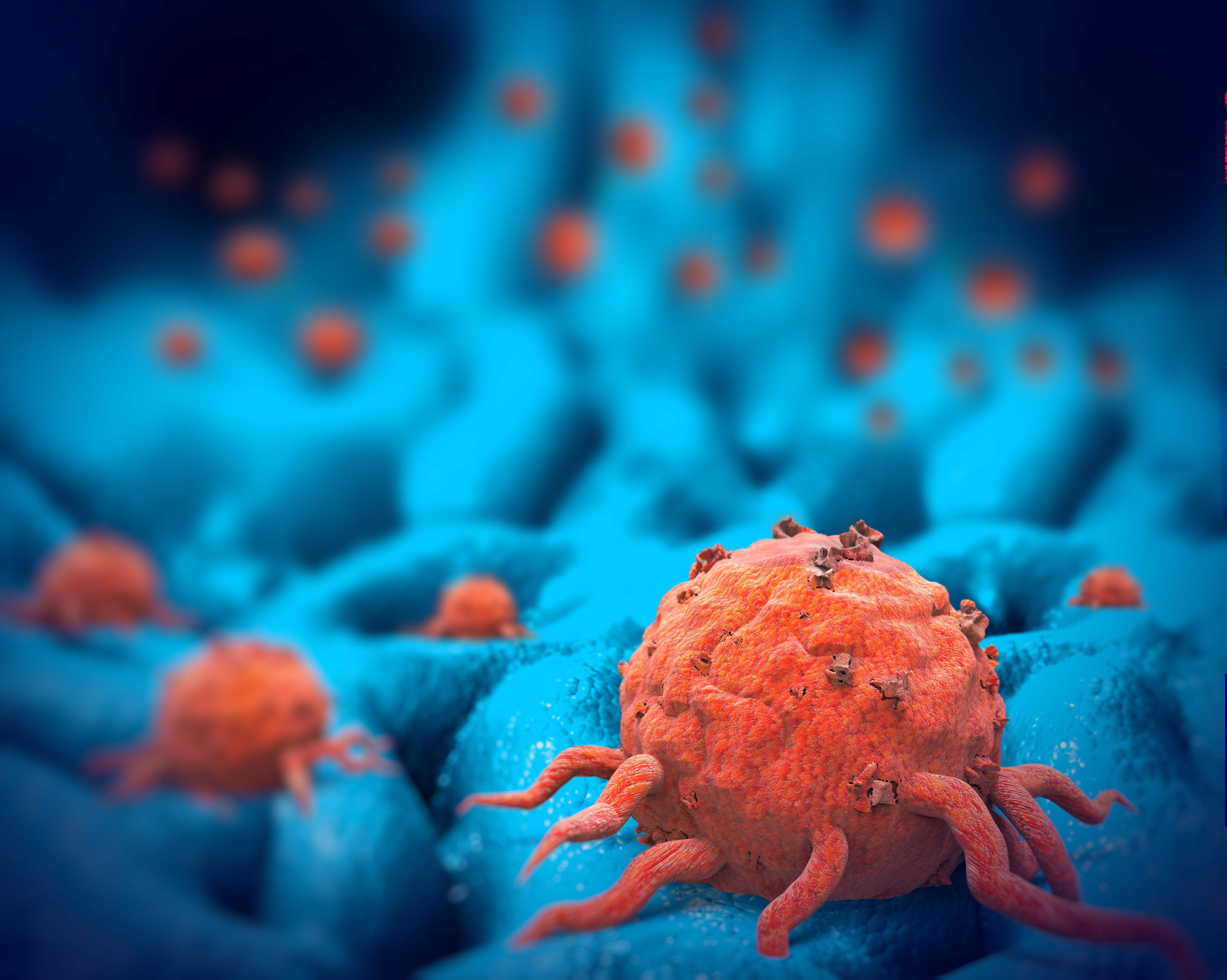Treatment with Bavencio (avelumab) and gemcitabine demonstrated promising efficacy and manageable safety among patients with metastatic or unresectable advanced leiomyosarcoma who had disease worsening after first-line chemotherapy.
Researchers found that tumor-infiltrating lymphocyte (TIL) density may play an important role in predicting the response to combining immunotherapy with chemotherapy.
According to study findings published in Cancer, “Our findings highlight the need for further exploration of combination regimens involving immunotherapeutic agents to enhance clinical outcomes,” study authors wrote.
Of 35 evaluable patients, the objective response rate was 20%, and the disease control rate was 71%, according to the study. The median duration of response was 21.8 months, the median progression-free survival (PFS) was 5.6 months and the median overall survival (OS) was 27.5 months. Patients who had TILs at a higher density greater than the median demonstrated superior objective response rates of 35% versus 8% in patients with low TIL density. In these respective patient populations, the PFS was 7.3 months versus 3.3 months and the OS was not reached versus 21.5 months.
Glossary
Tumor-infiltrating lymphocyte (TIL): a type of immune cell that attacks cancer cells.
Duration of response (DOR): the length of time a person's disease remains in remission after treatment.
Overall survival (OS): the time from the start of treatment when a patient with cancer is still alive, regardless of disease status.
Objective response rate (ORR): the percentage of people whose disease shrinks or disappears after treatment.
Progression-free survival (PFS): how long a person lives without their disease getting worse.
Intravenous: treatment received through the vein.
Neutropenia: a lack of white blood cells.
When the OS is not reached, this means the average number of patients did not experience death of any cause when the data were collected.
“Consistent with previous findings, our study demonstrated that patients with higher TIL density exhibited better ORR, PFS and OS, suggesting that TIL density could be an important factor in determining patient prognosis and response to the combination of chemotherapy and immunotherapy,” study authors wrote.
Importantly, the duration of response at a median of 21.8 months seen in patients demonstrated that a subset of individuals may gain significant long-term benefits from combination therapy.
READ MORE: Caring for Patients With Sarcoma Is a Team Effort, Expert Says
Regarding safety manageability, severe or life-threatening side effects occurred in 26 patients (70%), neutropenia being the most common (20 patients; 54%). Immune-mediated side effects included hypothyroidism in three patients and hepatitis in two patients. All patients experienced at least one side effect of any severity. Side effects of any severity that were common included neutropenia (26 patients), skin rash (13 patients), nausea (11 patients) and fatigue (11 patients). Furthermore, 8 patients experienced moderate or less severe infusion-related reactions. During the study period, no treatment-related deaths occurred and there were no severe or worse immune-related side effects. Treatment stopped if patients’ disease progressed, experienced unacceptable toxicity or consented to withdrawal.
A total of 37 patients, at a median age 53 years, received at least one dose of the study treatment. Among the total patients, 33 (87%) had non-uterine leiomyosarcoma, 95% underwent prior surgery and 87% had received first-line anthracycline-based chemotherapy. Of patients who were available for PD-L1 analysis (33 patients), 13 patients had tumor-cell PD-L1 expression greater than or equal to 1%.
Next-generation sequencing was performed on tumor tissues from 30 patients. The most frequently observed genetic mutation was in the TP53 gene, found in 40% of the patients, followed by PTEN at 27% and NOTCH3 at 20%. However, the researchers found that no genes showed a significant association with treatment response.
The primary goal of this trial was the objective response rate. Secondary goals included progression-free survival, disease control rate, duration of response, overall survival and safety.
“The findings of our study support the rationale for further investigation of this therapeutic strategy, particularly for exploring the predictive value of TIL density and identifying reliable predictive biomarkers to optimize patient selection and guide treatment decisions,” the study authors wrote.
Reference
“Phase 2 trial of avelumab in combination with gemcitabine in advanced leiomyosarcoma as a second‐line treatment (EAGLES, Korean Cancer Study Group UN18‐09)” by Dr. Miso Kim, et al., Cancer.
For more news on cancer updates, research and education, don’t forget to subscribe to CURE®’s newsletters here.





